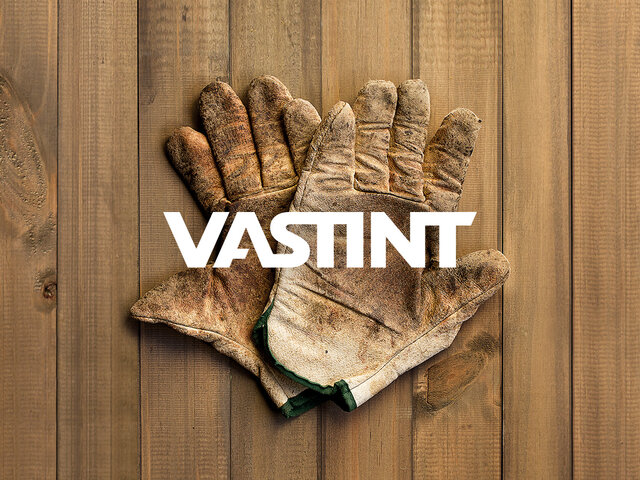Riverview is the first housing estate awarded a LEED certificate in Poland
Vastint Poland has received the LEED Gold certificate for the Riverview housing estate in Gdansk. Besides its interesting architecture expressing respect for the historical heritage of the site, the list of attributes of this residential project also includes compliance with the concept of "green" construction. The new estate is the first project of Vastint Poland on the domestic residential market and the first to receive LEED certification in its category in Poland. While working with the LEED program, the developer has used many practical and measurable strategies to create a sustainable and healthier environment for the future residents of the estate.
Roger Andersson, Managing Director of Vastint Poland says: “In all our commercial projects, we make sure that the highest criteria for sustainable construction are met from the very beginning. In the case of our first residential investment, this premise was equally important. Our buildings become a part of human life, so they must be friendly to the inhabitants and the natural environment, so that the quality of life does not decline over the next generation. The certificate confirms our pro-ecological approach and the use of low-emission solutions.”
One priority element in terms of meeting the environmental certification requirements was to achieve high energy performance in the buildings. The architects focused on introducing compact volumes, ensuring the proper ratio of the buildings' cubature to their footprint. The energy model was positively influenced by the limitation of the area of external walls as well as the location of glazing and the proper selection of surfaces. The functional glazing protects the interior against overheating during the summer season and provides the right climate for comfortable use of the apartments. The implemented solutions reduce the annual load of solar radiation by over 45%.
An additional reduction in electricity consumption was achieved by using energy-saving, highly efficient LED luminaires. Some of these are equipped with the DALI control system, which, in conjunction with motion detectors, changes the light intensity depending on needs and external conditions. These efforts have reduced energy consumption in the buildings by 47% and reduced carbon dioxide emissions by 50% during construction and operation, which corresponds to the removal of 1,830 cars from traffic.
Perhaps the most visible feature of a sustainable approach is the facades. They are constructed of durable materials, such as aluminum, wood and clinker brick. In addition to the high thermal insulation coefficient and the ease of maintenance of the facades, an important aspect in their favour was also the possibility of reuse and reutilization as opposed to complex, cheaper plastic solutions. In addition to the above-mentioned, the list of building and finishing materials also includes raw materials extracted in a non-predatory manner as well as from renewable sources and with a low emission rate of volatile organic compounds with a negative impact on health and the environment.
Tomasz Okuszko Project Manager Vastint Poland explains, “We tried to make the building materials as natural and as locally sourced as possible to reduce heavy transport to the construction site. Proponents of this way of thinking will also be pleased with the fact that at all stages of construction a waste segregation and recycling program at the level of 75% has been implemented."
The landscape values of the estate deserve attention. The inner courtyard was differentiated according to its functional division. It comprises a relaxation zone, a playground for children, and an integration space for residents, among others. Each area has individualized garden furniture, surfaces, and landscape design. The richness and variety of plantings is an important element positively influencing the perception of the buildings. Vegetation perfectly adapted to the local environmental conditions was used, including 84 adult trees, 6,000 shrubs, and over 13,000 flowering perennials planted in an area of over one hectare. The vast majority of plantings are installed in a "green roof" system. There is also a water storage reservoir within the garden, which reduces the risk of flooding in the event of heavy torrential rains.
The last but very significant element of the project is the internal installations designed in such a way that the buildings fully deserve to be called ecological structures. Acoustic solutions used, including above-average acoustic parameters for the external walls and ceilings, ensure the comfortable functioning of the apartments.
